In today’s fast-paced world, the automation of routine tasks has become a key strategy for improving efficiency and productivity. At the heart of this transformative process are AI chatbots – ingenious pieces of software designed to automate tasks that would otherwise consume valuable time and resources.
Understanding Automation
Automation refers to the use of technology to execute tasks without human intervention. The concept, which has roots dating back to the Industrial Revolution, has evolved significantly with advancements in technology. Now, automation is not just about mechanizing tasks—it’s about the intelligent execution of tasks, which is where AI chatbots come in.
Role of AI Chatbots in Automation
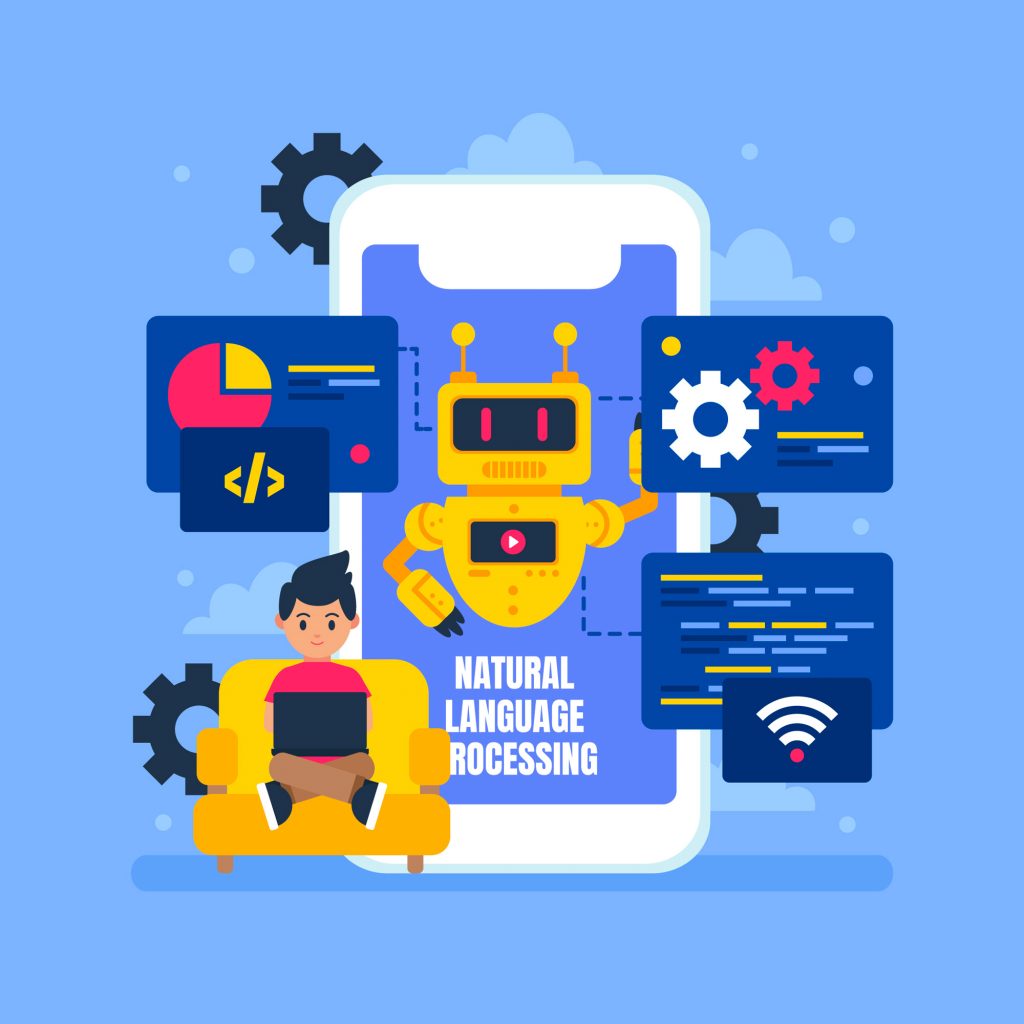
AI Chatbots are intelligent virtual assistants that mimic human conversation and perform tasks through automated processes. They can manage anything from customer service inquiries to scheduling appointments, freeing up humans to focus on more complex tasks.
The Need for Automation of Routine Tasks
Routine tasks, while necessary, often consume a significant amount of time and resources. The automation of routine tasks is therefore a strategic move for businesses looking to save costs and improve efficiency.
It’s been demonstrated that automation can
✅reduce errors,
✅improve customer satisfaction, and
✅even boost employee morale by eliminating monotonous tasks.
How AI Chatbots Automate Routine Tasks
AI chatbots simplify the automation of routine tasks through a combination of natural language processing, machine learning, and automation technologies. As intelligent virtual assistants, they emulate human conversation and execute tasks using automated processes, revolutionizing the way businesses operate.
Here are a few examples:
1. Streamlining Customer Service

AI chatbots can manage a broad range of customer service inquiries around the clock, offering immediate responses and reducing customer wait times. They handle frequently asked questions, assist with product selection, and even help in troubleshooting.
2. Efficient Scheduling and Reminders
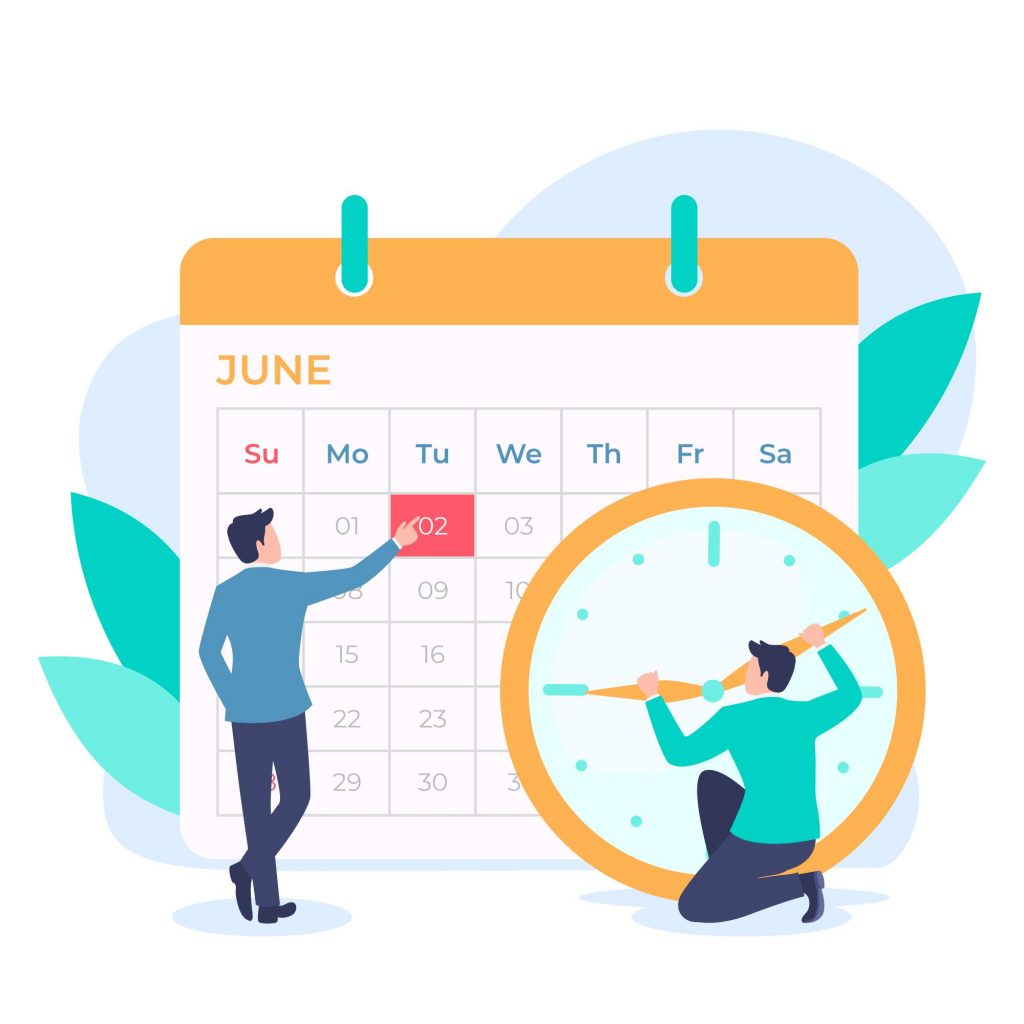
AI chatbots are perfect for scheduling appointments, sending reminders for important dates or deadlines, and even setting up meetings. This ensures smooth functioning without the hassle of manual inputs and potential human errors.
3. Order Processing and Tracking
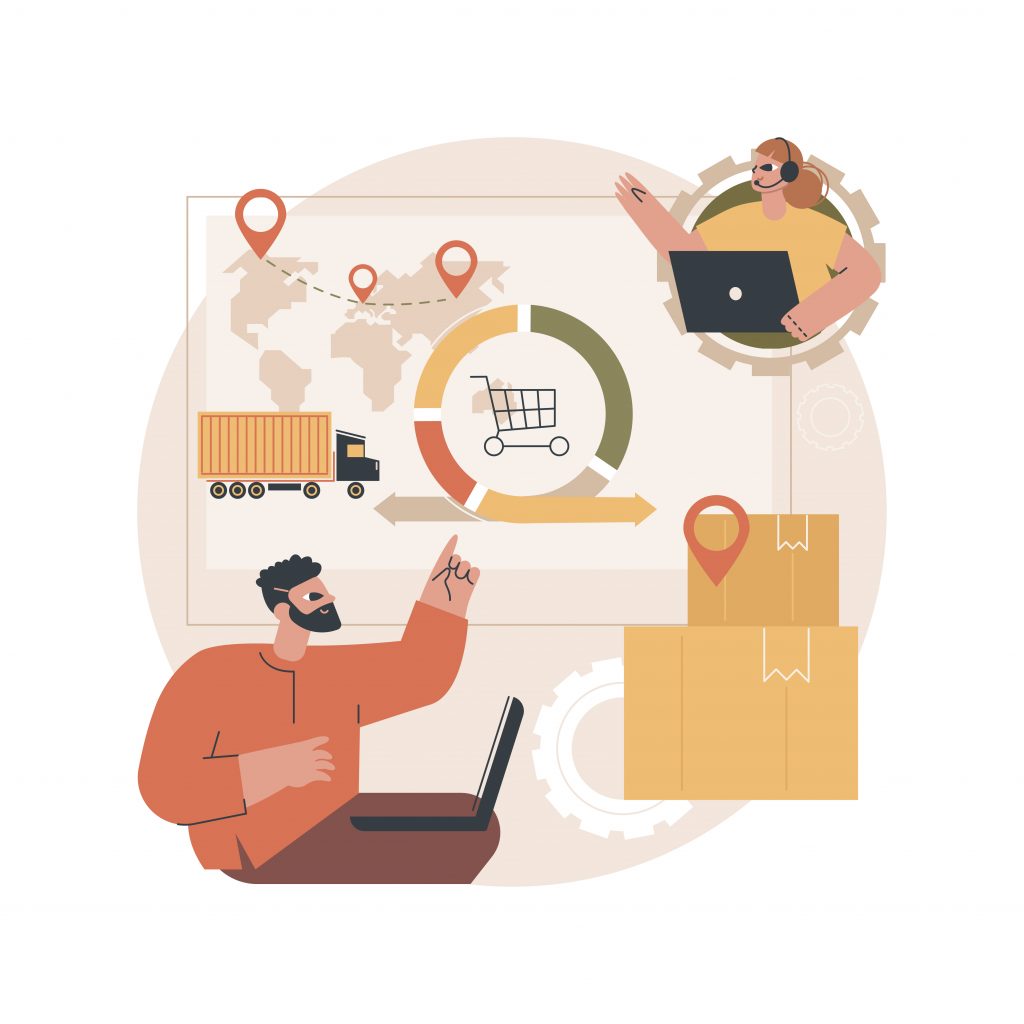
AI chatbots can streamline the process of order placement, confirmation, and tracking. They can automatically update customers about their order status, thus enhancing the overall customer experience.
4. Data Collection and Analysis
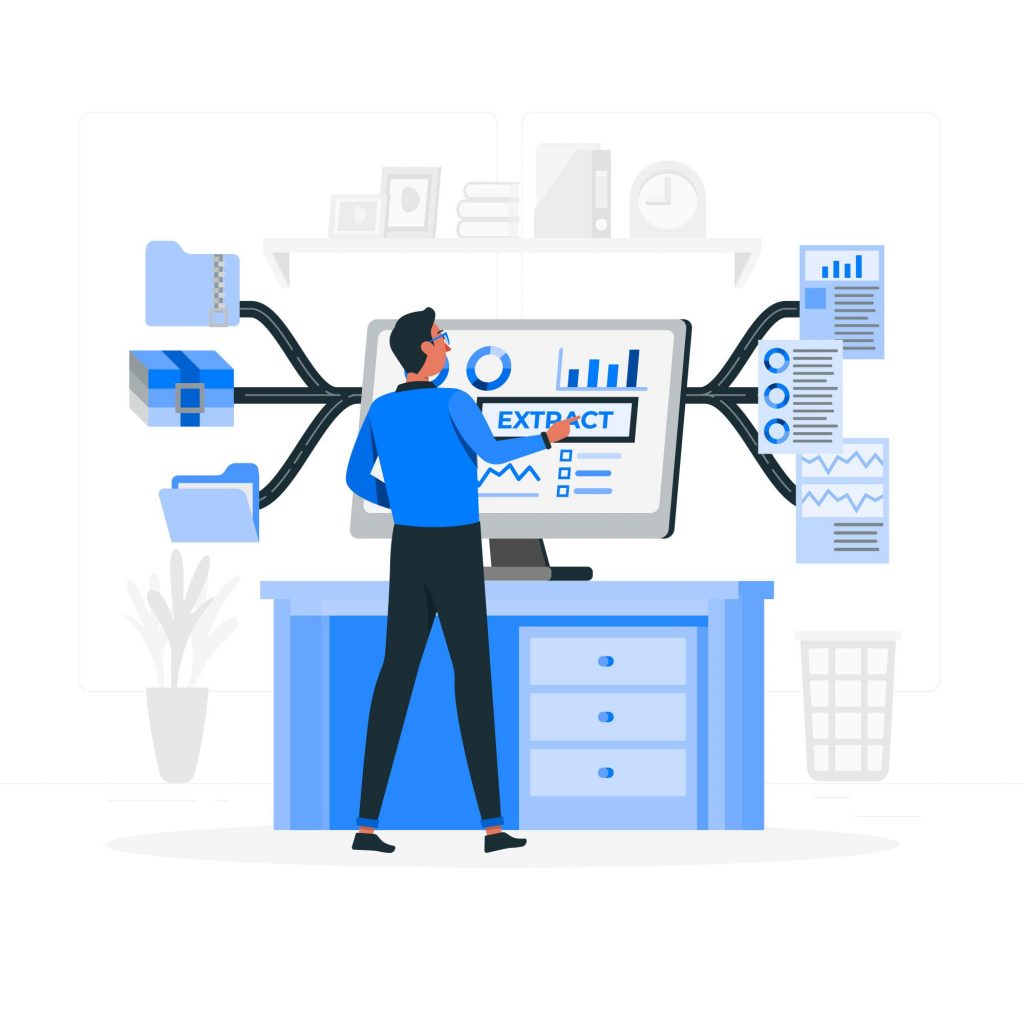
AI chatbots can gather customer feedback and other relevant data. They can analyze this data to offer valuable insights into customer behavior and preferences, aiding in the development of better business strategies.
5. Personalized Marketing
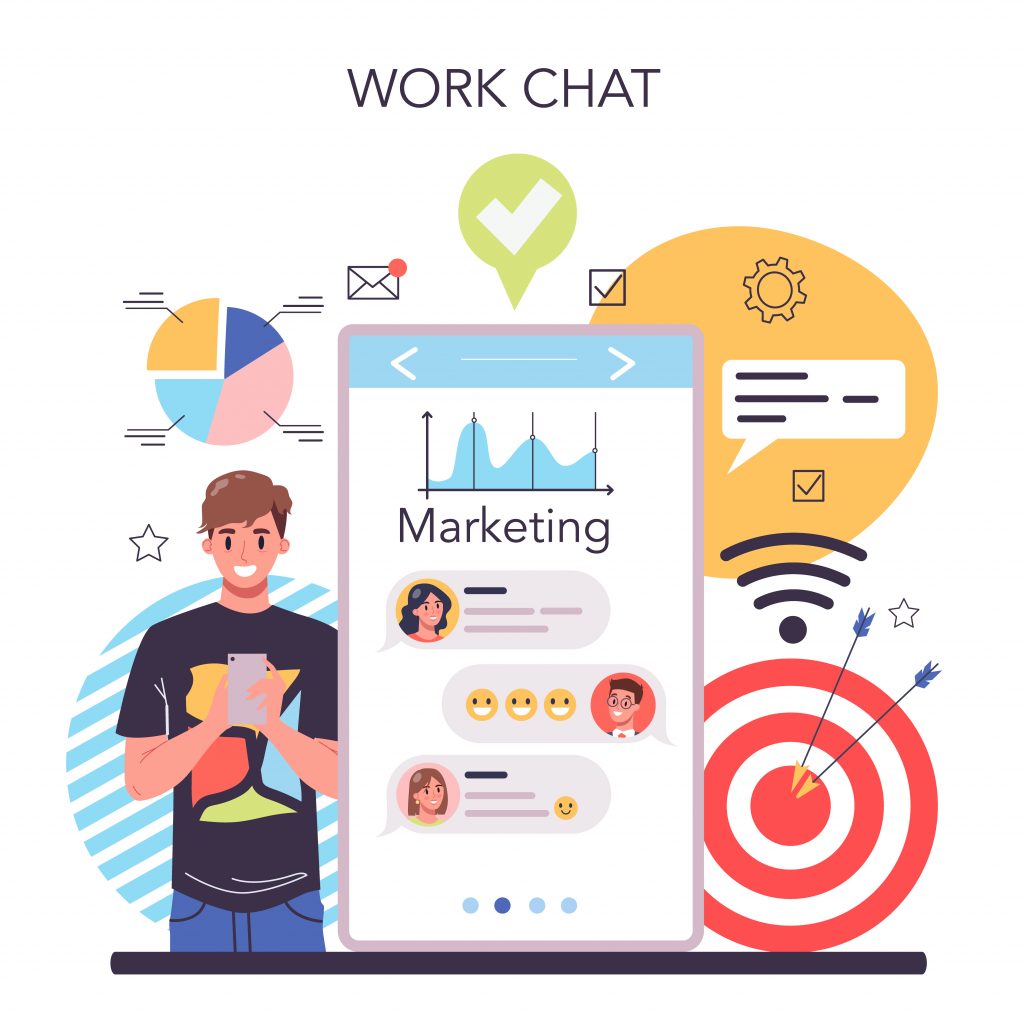
AI chatbots can deliver personalized product recommendations based on user behavior and preferences. They can also send targeted messages and offers, improving conversion rates and customer engagement.
Implementing AI Chatbots for Automation
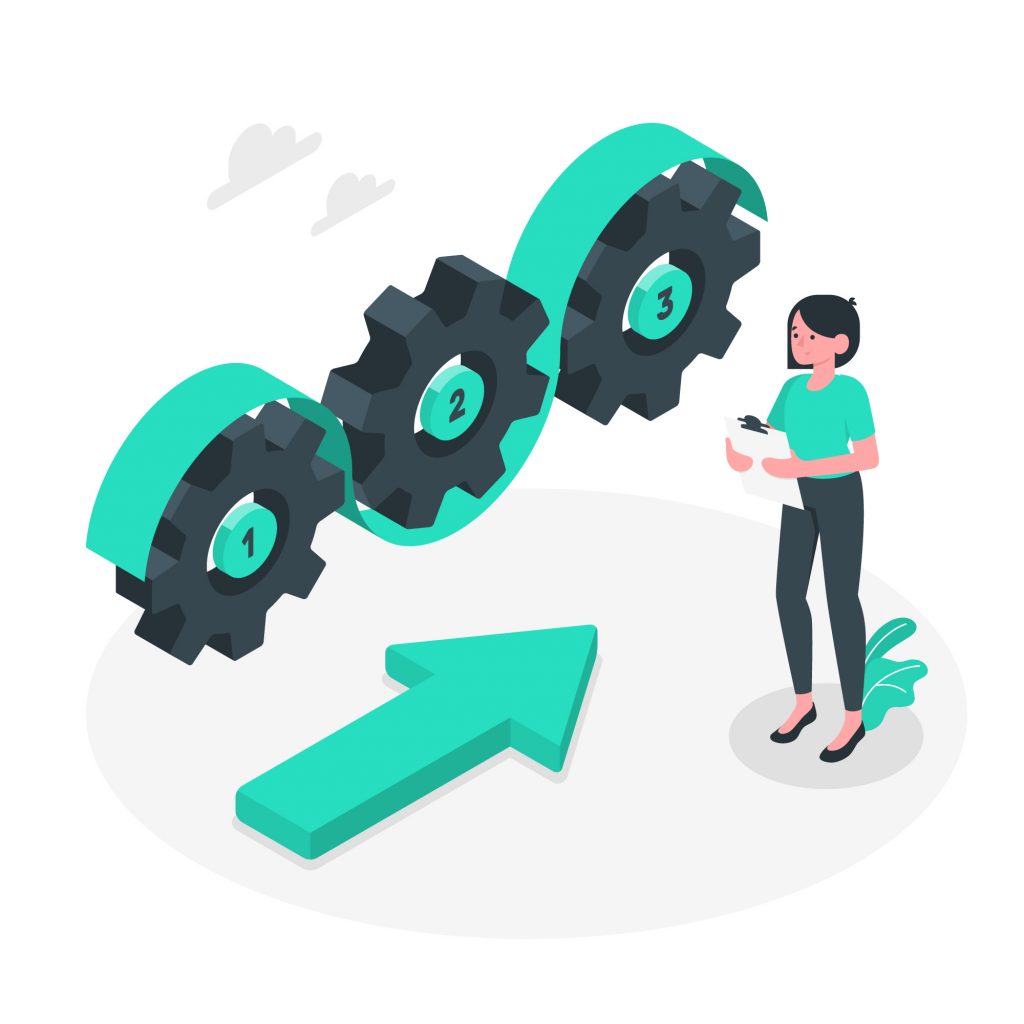
Implementing AI chatbots to automate routine tasks is a strategic move that can greatly enhance productivity and efficiency.
The following steps will guide you through this process:
Step 1: Identifying Tasks for Automation The first step involves recognizing the routine tasks that are ideal for automation. These could be tasks that are repetitive, time-consuming, or prone to human error.
Step 2: Choosing the Right Chatbot Platform There are several chatbot platforms available, each with its own strengths and weaknesses. It’s crucial to choose a platform that aligns with your business needs, offers good support, and fits within your budget.
Step 3: Customizing the AI Chatbot Customize the chatbot to meet your specific requirements. This could involve setting up specific responses, integrating it with your product database, or tailoring its conversational style to match your brand voice.
Step 4: Integrating the Chatbot with Existing Systems Ensure that the AI chatbot can smoothly integrate with your existing systems. This could include your Customer Relationship Management (CRM) software, your website, or your social media platforms.
Step 5: Training and Continuous Learning Once your AI chatbot is live, it’s essential to monitor its performance and make necessary adjustments. Continuous learning and training are key for the chatbot to understand user queries better and provide accurate responses.
Step 6: Managing Expectations While AI chatbots offer incredible benefits, it’s important to manage expectations. They are not a panacea for all business challenges. Remember, the aim is to automate routine tasks and enhance efficiency, not to replace human interaction entirely.
🎯Important Note: Successfully Implementing an AI chatbot takes considerable technical expertise and you should seek professional help for it. Luckily we are here to provide all the professional help and expertise you need – Simply book a free demo and we will take care of the rest!
The Future of Automating Routine Tasks with AI Chatbots

The future outlook for the automation of routine tasks with AI chatbots is extremely promising, signaling a transformative shift in business operations.
✅Rapid advancements in AI and machine learning technologies are driving the evolution of chatbots, making them increasingly intelligent and capable.
✅As AI progresses, chatbots are projected to manage more complex tasks, expanding their scope beyond routine tasks to more decision-making roles.
✅Personalization is another area where significant advancements are expected. AI chatbots will be able to provide more personalized experiences, tailoring their responses based on individual user behaviors and preferences.
✅With the rise of voice technology, we can also anticipate a greater role for voice-enabled AI chatbots, which can further streamline the interaction process.
How to Start Using AI Chatbots for the Automation of Routine Business Processes
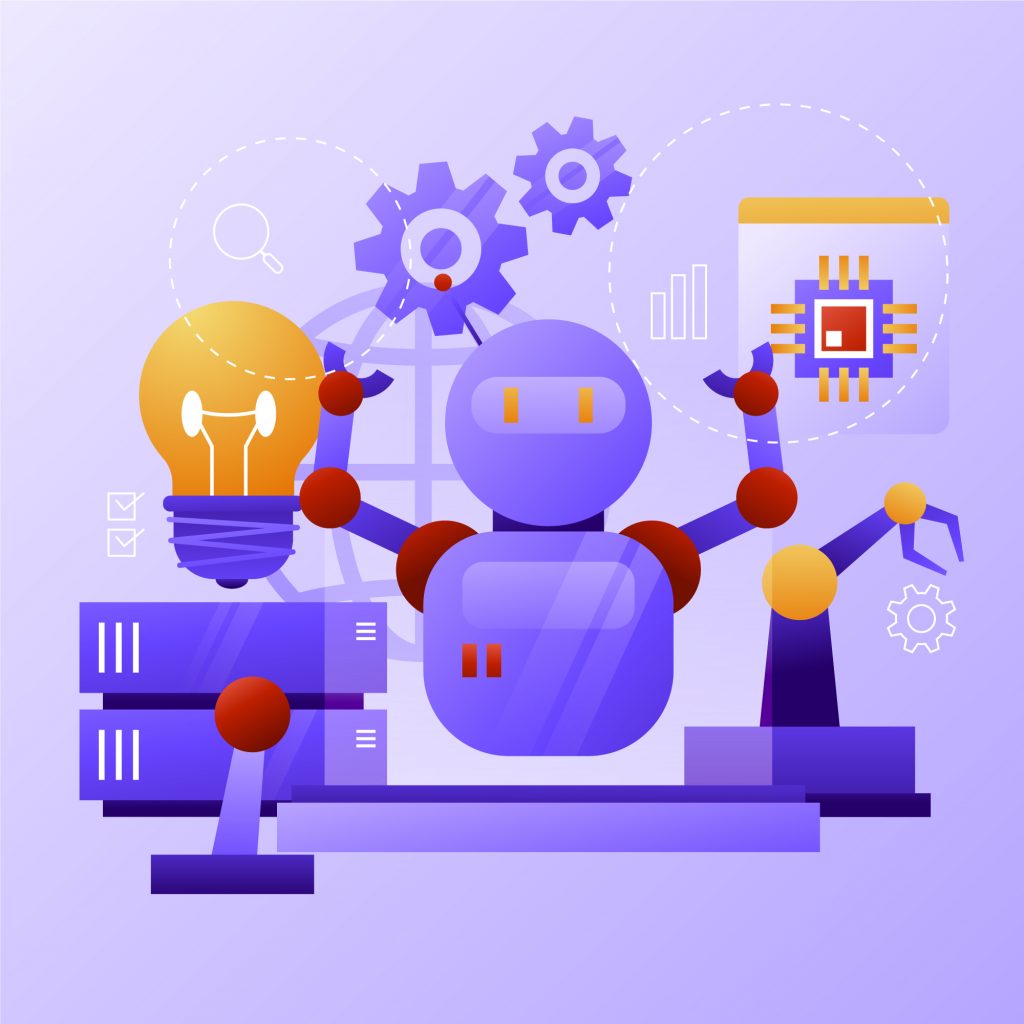
At TARS, we make use of conversational AI to make automation more humane. To put it simply, we can help you automate routine, day-to-day tasks while preserving the human element thanks to the power of a conversational interface.
How to get started? Simply book a free demo and our team will walk you through the entire process and get you started on your automation journey.
We offer:
✅Omnichannel chatbots that can be deployed across all channels (mobile apps, websites, and even text messages or SMS)
✅An expert team to take care of the entire process from planning and creation to deployment.
✅Post-sales services to take care of any changes you may require in the future and to ensure our chatbots are working as intended.
✅Advanced customization and integration options so the chatbot echoes your brand identity and seamlessly fits in with your existing systems.
✅Detailed data analytics and tracking to check the details of every conversation and easily calculate your ROI.
TARS has worked with multiple industry giants and helped them automate vital business processes; this includes – American Express, Vodafone, Nestle, Adobe, Bajaj, and many more.
Book a free demo today to get chatbot automation solutions tailor-made for your business requirements.

I am a creative thinker and content creator who is passionate about the art of expression. I have dabbled in multiple types of content creation which has helped me explore my skills and interests. In my free time, I indulge in watching animal documentaries, trying out various cuisines, and scribbling my own thoughts. I have always had a keen interest in blogging and have two published blog accounts spanning a variety of articles.
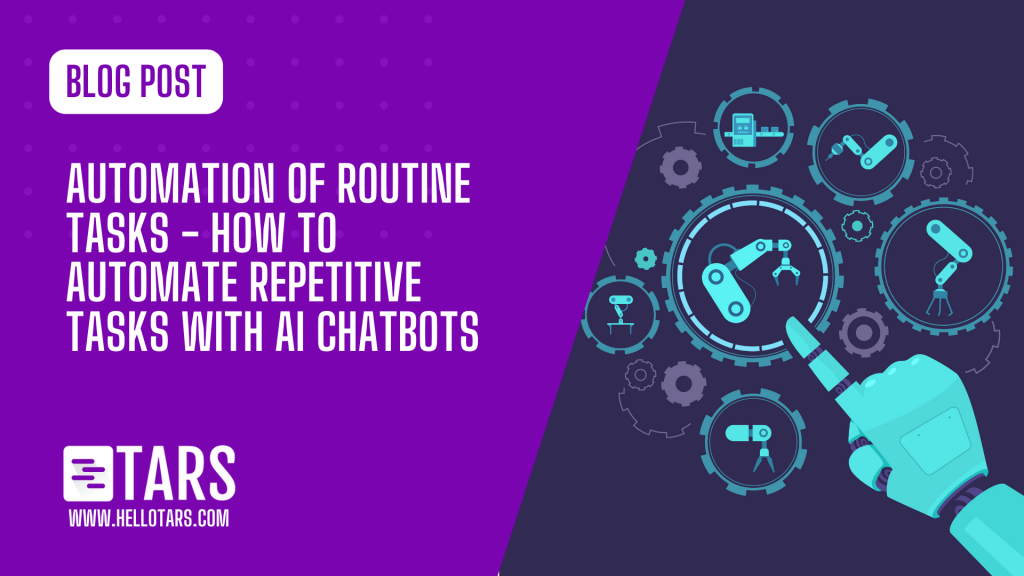
0 Comments on "Automation of Routine Tasks – How to Automate Repetitive Tasks with AI Chatbots"